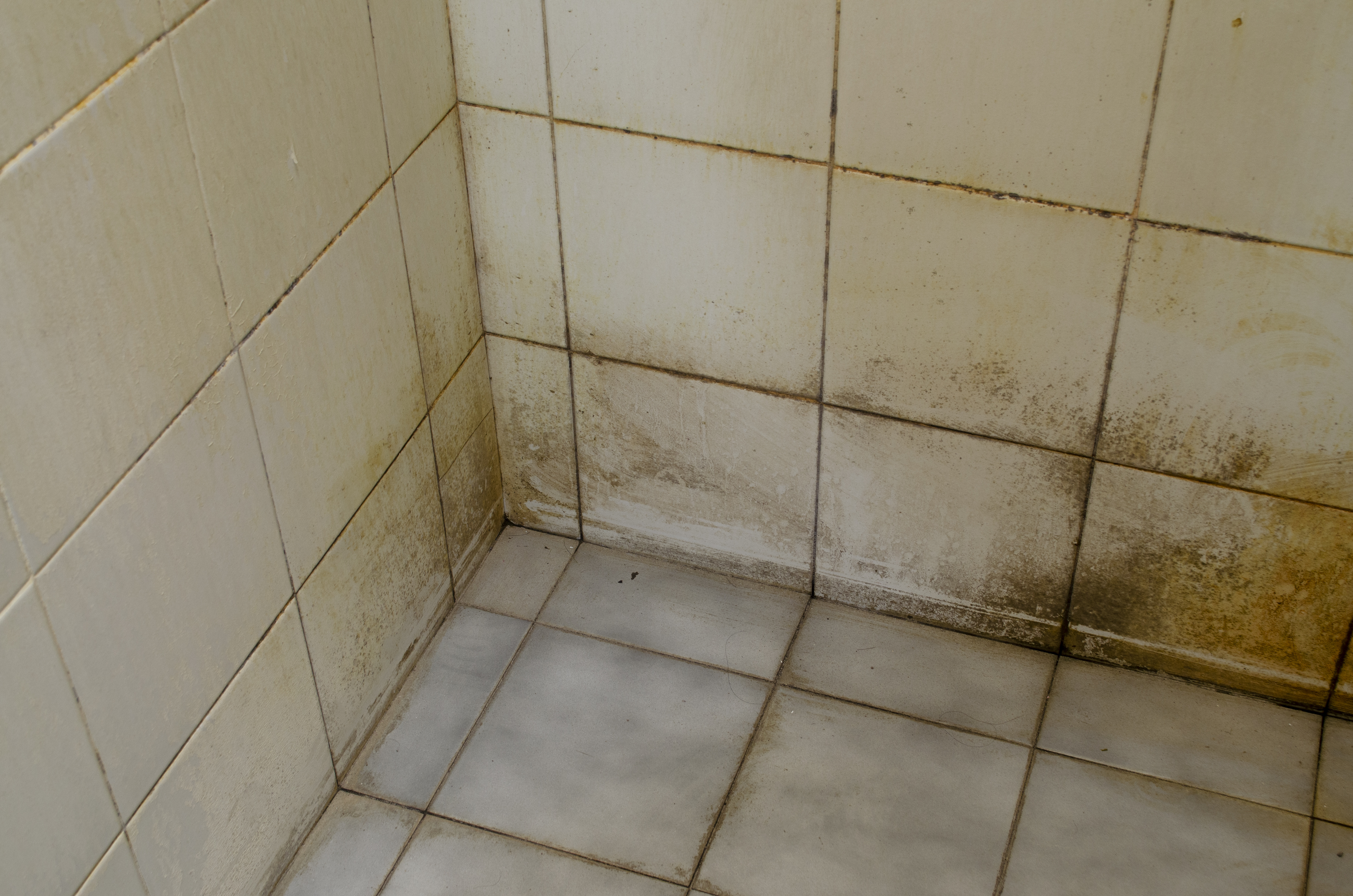How to Get Rid of Pink Mold in Shower
Mold is a type of fungus that thrives in damp environments and can cause health problems or damage to property. One of the most common types of mold found in bathrooms is known as “Pink mold.”
However, it is not a fungus but rather a bacterium called “Serratia Marcescens.” It is a rod-shaped bacterium that often appears as a pink or reddish-pink, slimy substance. It feeds on fatty substances such as soap scum and shampoo residue.
So, if you've ever spotted a slimy pink film creeping along your shower tiles or gathering around the drain, you're not alone—and this pinkish hue is more than just an eyesore. But don’t worry, because getting rid of it is easier than you might think.
Let’s break down how to get rid of pink mold in shower to ensure a better, fresher, spotless bathroom!
Removing pink mold in shower, but first!
Having the right cleaning supplies at your disposal simplifies and enhances the process of removing pink mold. Here’s what you’ll need to remove pink mold in your shower:
- Rubber gloves
- Face mask
- Protective eyewear
- Soft-bristled scrub brush
- Dettol Mold & Mildew Remover Spray
How to get rid of pink mold in shower
While Serratia marcescens poses no harm, its appearance is unappealing, making it undesirable in your shower. Follow the steps below to remove pink mold from the walls, floor, and curtains of the shower.
- First, wear rubber gloves, safety goggles, and a mask to safeguard against inhaling or contacting mold spores.
- Next, thoroughly rinse the mold-affected areas, like the shower wall or floor, using the water (preferably warm or hot), ideally with a handheld shower.
- After that, generously spray Dettol Mold & Mildew Remover Spray on all the affected areas of the shower. Let the cleaning solution sit on the surfaces for at least 5 minutes as this allows the cleaning solution to eliminate pink shower mold, mildew, soap scum, and stains, while also killing 99.99% of germs and bacteria.
- Use a gentle, soft-bristled brush to remove the mold from the surfaces. Employ different scrubbing patterns, including back and forth, up and down, and circular motions, to make sure the bristles access every nook and cranny.
- Lastly, thoroughly rinse the areas with warm water. If needed, repeat the process, beginning with scrubbing.
Keep windows or exhaust fans open for a few hours to allow surfaces to dry. Additionally, utilize a squeegee or a clean microfiber towel to eliminate moisture from the shower surfaces.
FAQs
Is pink mold dangerous to your health?
While generally, pink mold is not as dangerous as some other types of mold. However, it can pose some health risks, such as skin rashes, urinary tract infections, and respiratory issues.
How often should you clean your shower to prevent pink mold?
To prevent pink mold, you should clean your shower at least once a week.
Why does pink mold keep coming back in my shower?
Recurring pink mold typically indicates favorable conditions such as excess moisture, inadequate ventilation, or soap scum buildup. Prevent it by improving airflow, drying your shower after use, and cleaning regularly.
